blue china fir and other z9 conifers from seed
goodstav
13 years ago
Related Stories
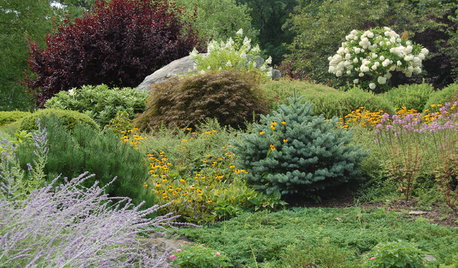
GARDENING GUIDESDesigning With Conifers: Finding the Right Garden Bedmates
In gardening, building on commonalities creates an enduring relationship
Full Story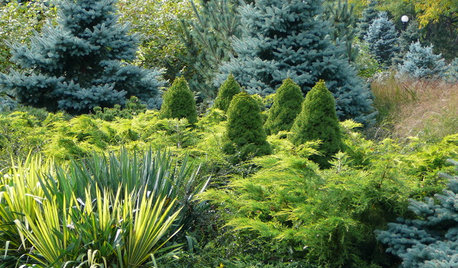
PLANTING IDEASDesigning With Conifers: Layers of Texture for Your Garden
Sharp and prickly or fine like ferns, richly textured conifers bring unexpected interest to the landscape
Full Story
PLANTING IDEASStretch the Budget, Seasons and Style: Add Conifers to Your Containers
Small, low-maintenance conifers are a boon for mixed containers — and you can transplant them to your garden when they’ve outgrown the pot
Full Story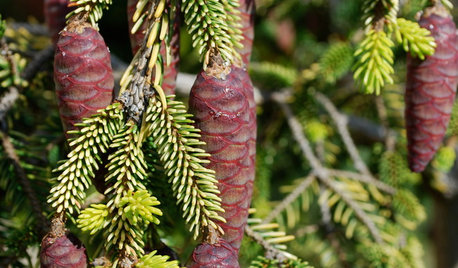
GARDENING GUIDESGreat Design Plant: Skylands Oriental Spruce, a Favorite Conifer
Brighten up a drab corner of your garden with Picea orientalis ‘Skylands’, a smaller spruce that a bird family might just call home
Full Story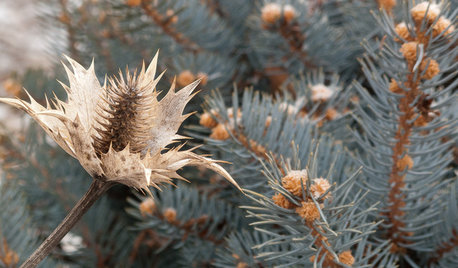
WINTER GARDENINGInspiring Winter Scenes From the Denver Botanic Gardens
Use seed heads, bare branches and grasses to design lovely garden displays when the ground is frozen
Full Story
DECORATING GUIDES10 Design Tips Learned From the Worst Advice Ever
If these Houzzers’ tales don’t bolster the courage of your design convictions, nothing will
Full Story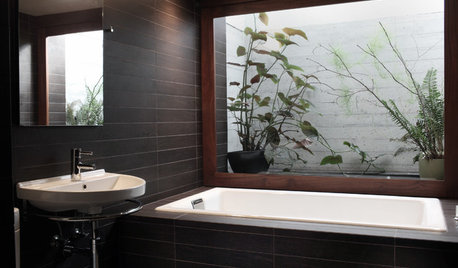
BATHROOM DESIGNPersonal Style: 50 Bath Designs From Creative Owners and Renters
Ideas abound in bathroom styles ranging from upcycled vintage to sleekly modern
Full Story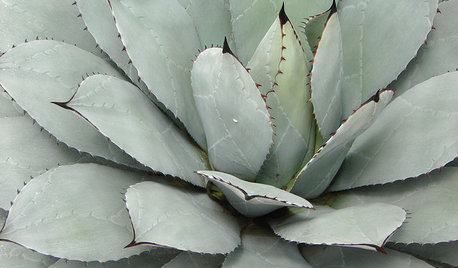
FOLIAGEGet a Cool Garden Look With Gray and Blue Plants
Looking for plants that calm with color in the heat of summer? Look no further than these 14 soothing beauties
Full Story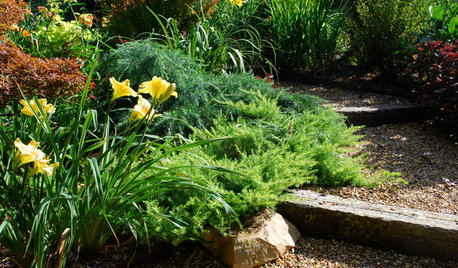
GARDENING GUIDESGreat Design Plant: Cedrus Deodara ‘Feelin’ Blue’
The smallest of the cedars softens a hardscape while bringing structure and texture to the garden
Full Story
GARDENING GUIDESYes, You Can Grow Food in a Shady Yard
Your shady garden doesn’t have to be forever barren. Berries, herbs and other shade-loving plants can produce a delicious bounty
Full StorySponsored
Columbus Design-Build, Kitchen & Bath Remodeling, Historic Renovations
More Discussions






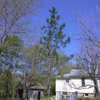


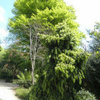
mesterhazypinetum
Embothrium
Related Professionals
Wrentham Landscape Architects & Landscape Designers · Comstock Park Landscape Architects & Landscape Designers · Severn Landscape Architects & Landscape Designers · Wilmington Landscape Contractors · Alpharetta Landscape Contractors · Arlington Landscape Contractors · Bowie Landscape Contractors · Dallas Landscape Contractors · Hampton Bays Landscape Contractors · Kahului Landscape Contractors · Melrose Landscape Contractors · Muttontown Landscape Contractors · Ridgewood Landscape Contractors · Santa Maria Landscape Contractors · Twin Falls Landscape ContractorsEmbothrium
goodstavOriginal Author
Embothrium
arawa
goodstavOriginal Author
Embothrium
botann
goodstavOriginal Author
borubar
scotjute Z8
goodstavOriginal Author
arauquoia
goodstavOriginal Author
bossyvossy
Embothrium
coniferas_br
blue_yew
goodstavOriginal Author
davidrt28 (zone 7)
coniferas_br